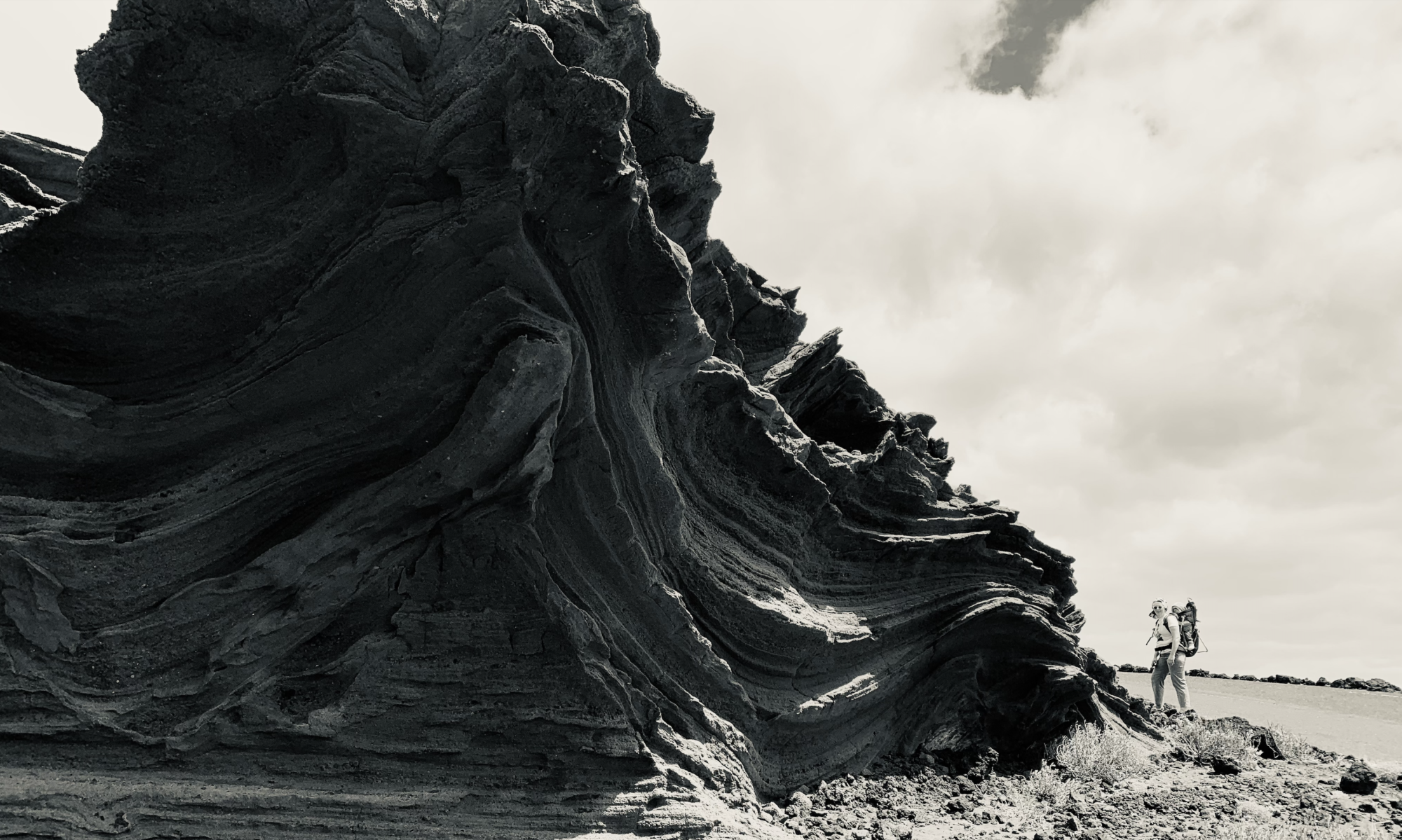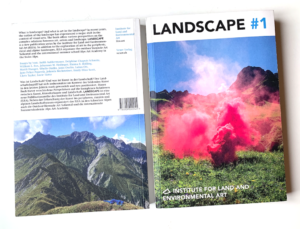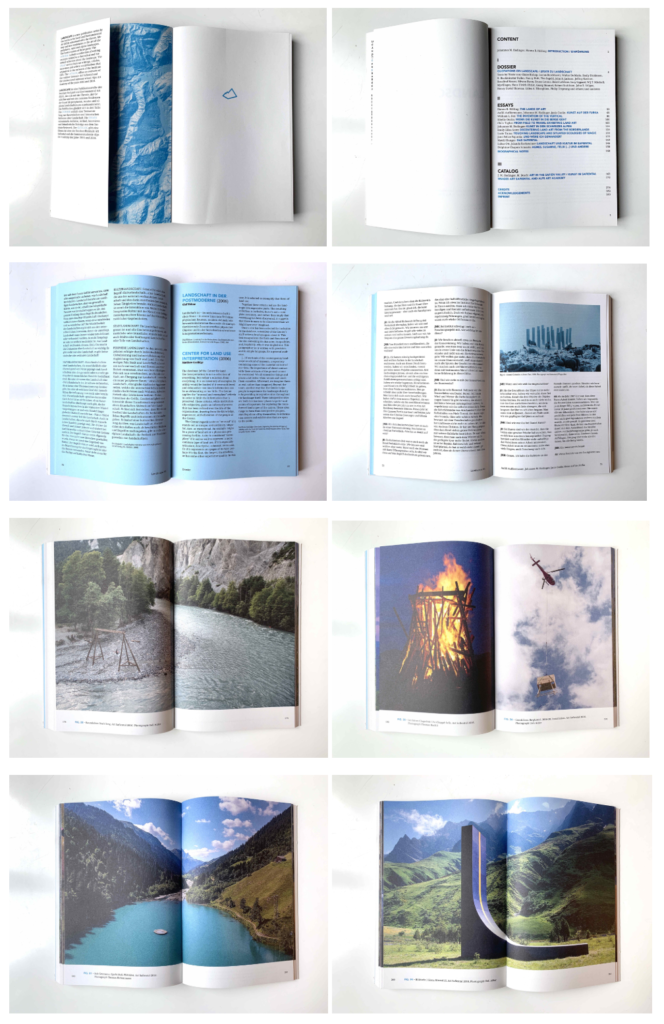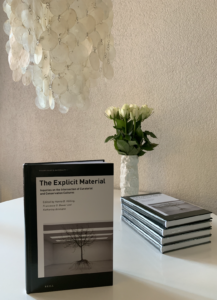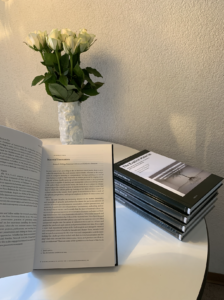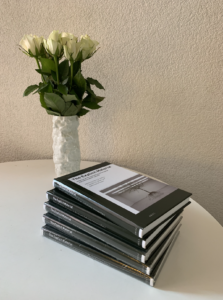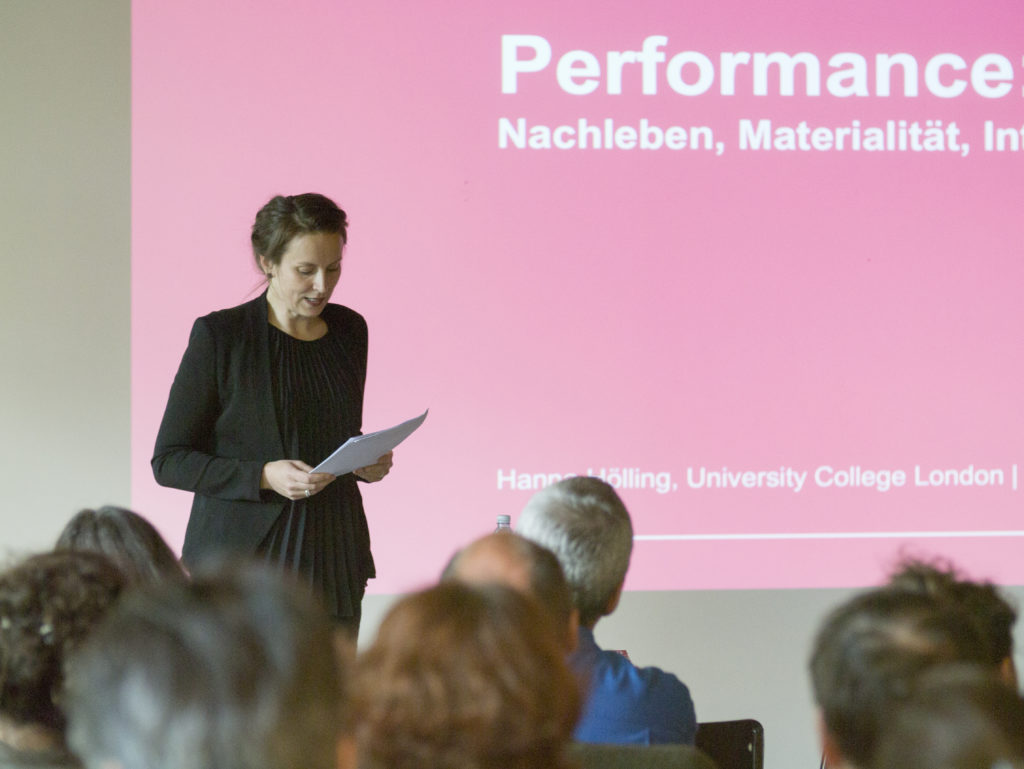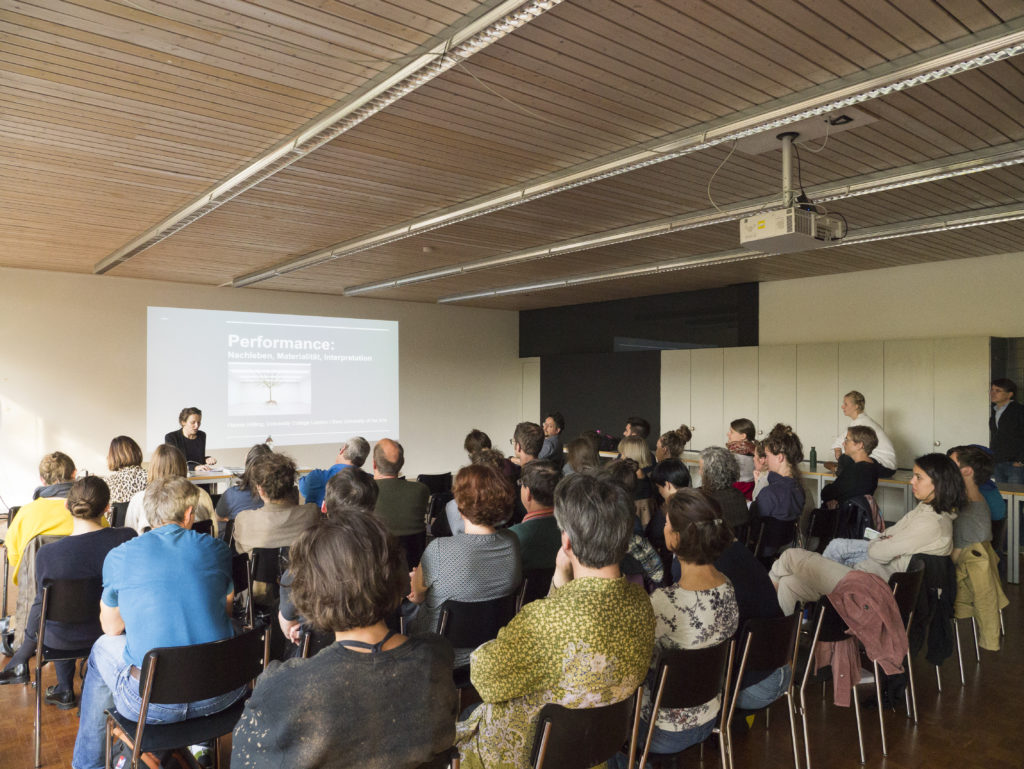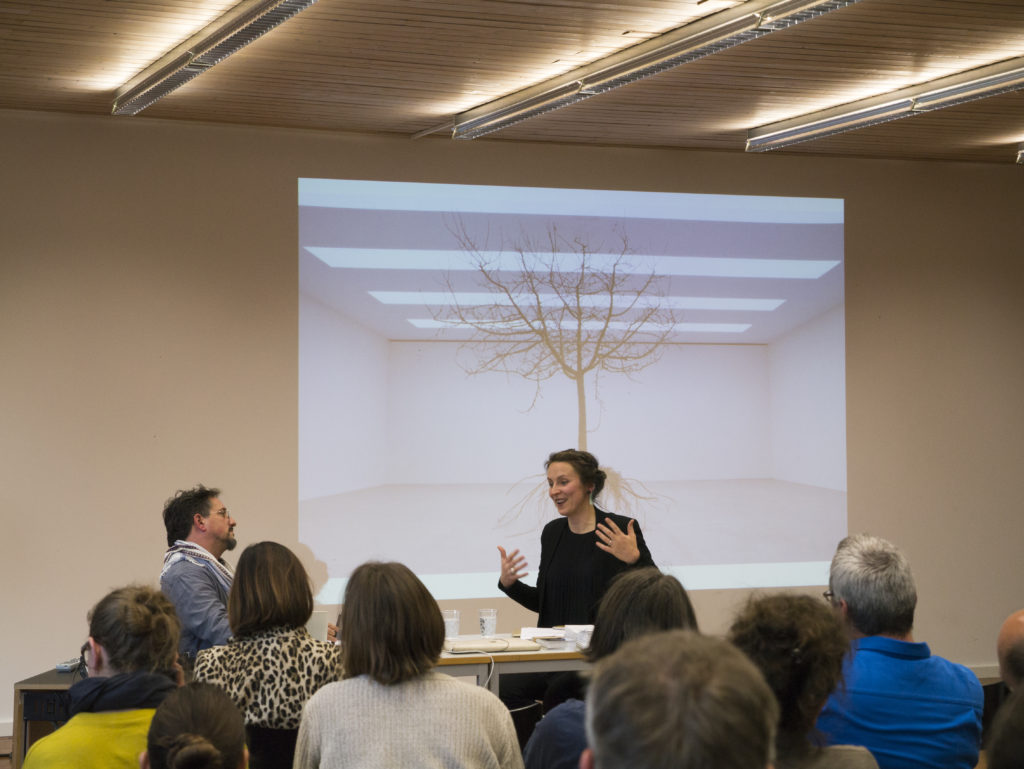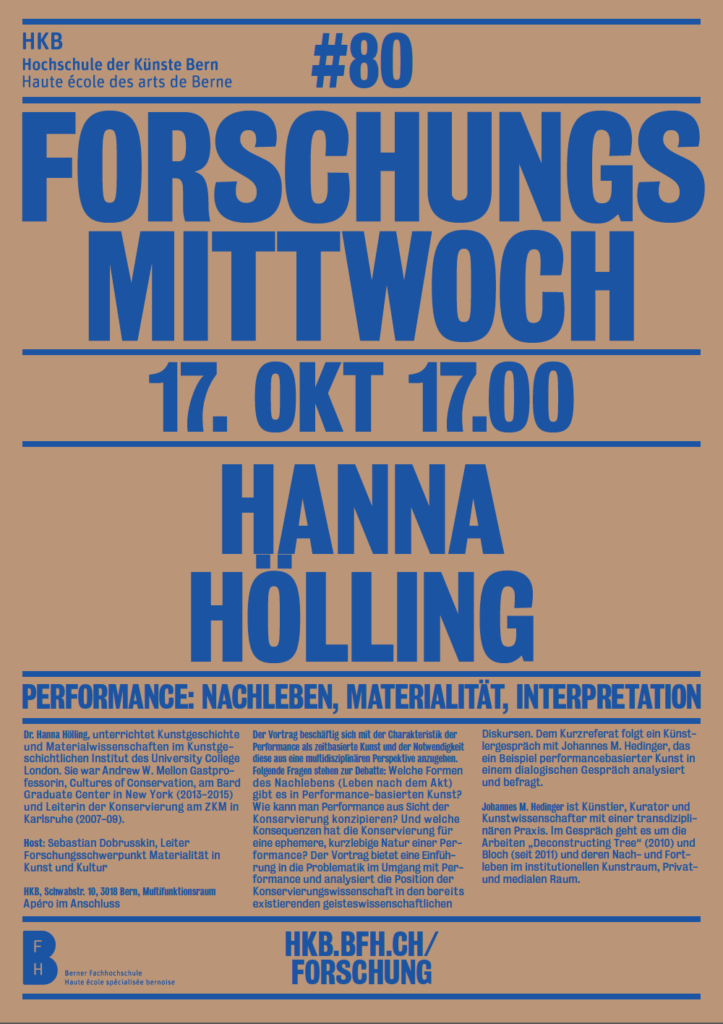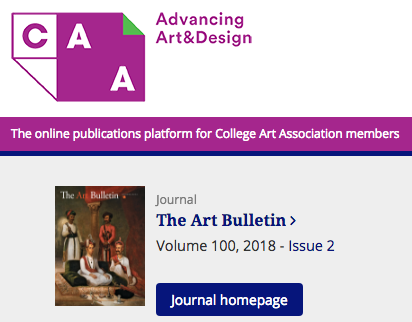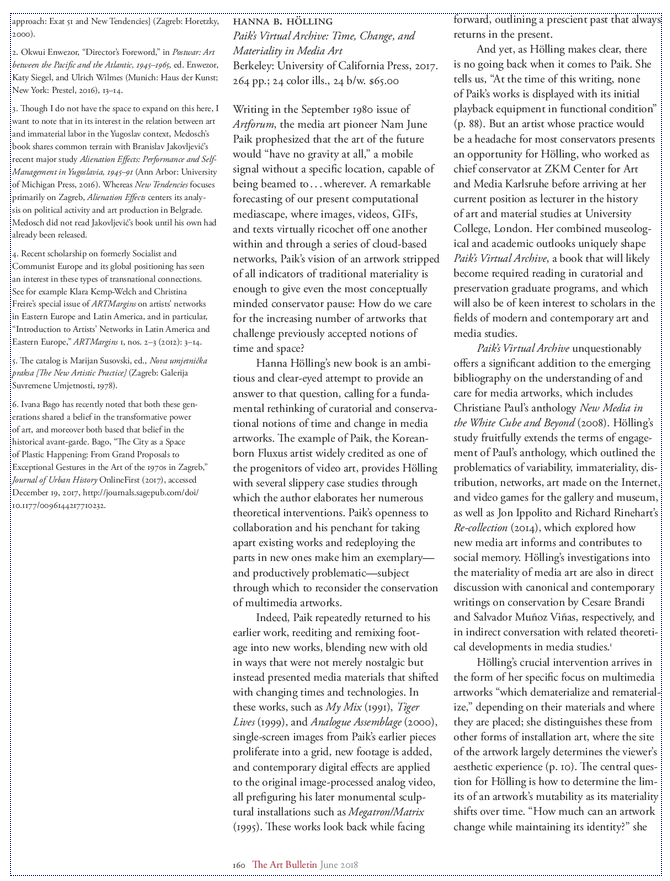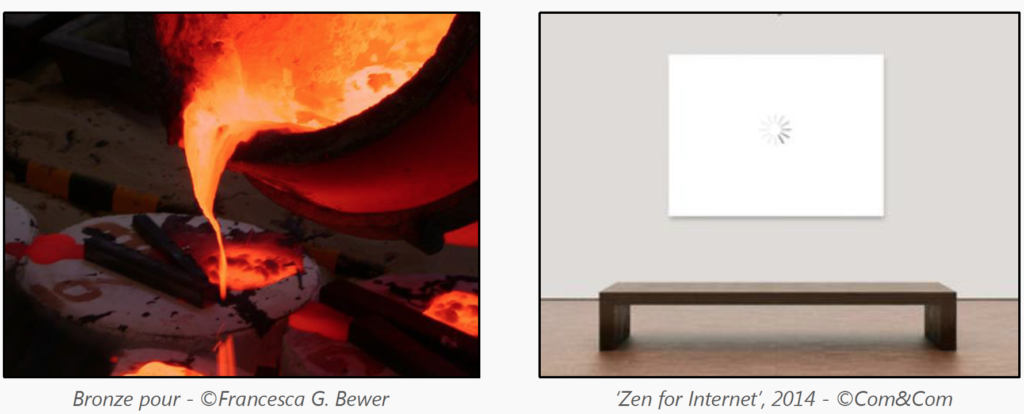I am thrilled about the publication of three new reviews of my recent monograph, Paik’s Virtual Archive: Time, Change and Materiality in Media Art (University of California Press, 2017) in the Kunstchronik (by Anna Schäffler, January 2020, in German), Visual Studies (by Daniel Kayes, November 2019, in English) and in the Journal of the American Institute for Conservation (by Jonathan Kemp, October 2019, in English). At an earlier stage, the book has been also endorsed by scholars of media and critical studies, and art history as well as media artists – see the “book” section of this website. These endorsements as well as the reviews published in 2018–Andrea Gyorody’s review in caa.review (2018) and Gregory Zinmann’s review in Art Bulletin (2018)–form an invaluable body of critical reflection on the book’s imperatives and aims, and I would like to take this opportunity to thank their authors for their time, thoughtfulness and intellect.
Landscape #1 has been published
A year ago, I accepted the invitation to work on an edited book Landscape, which is the first in the new series that offers a discursive contestation with the topic of artistic engagement with landscape. The book entails several contributions by established scholars of Land art and Environmental art, along with quotations of canonical writings on landscape and examples of artistic interventions. On the one hand, the project builds on a rich tradition of landscape writings, while, on the other, it simultaneously attempts at a reorientation of the category of Land art. Landscape accompanies the outdoor biennial Art Safiental and the international summer school Alps Art Academy in the Swiss Alps that explore art in the peripheral, rural and alpine regions. A detailed, visually compelling catalog of artistic projects conducted during the 2016 and 2018 biennials can be found in the final part of the book.
Next to the introduction co-authored with Johannes M. Hedinger, the book features my essay “The Lands of Art: On Land (Art) and its Shifting Grounds” that offers a historical overview of the origins of Land Art and a selection of canonized works and positions, as well as newer ways of using and interpreting the environment. Issues of temporal and spatial remoteness, decay, entropy, mediatization and documentation are analyzed against the backdrop of land interpretation.
Editors: Johannes M. Hedinger, Hanna B. Hölling
Series: Documents of Land and Environmental Art, volume 1
Essays by: Aufdi Aufdermauer, Delphine Chapuis Schmitz, William L. Fox, Johannes M. Hedinger, Hanna B. Hölling, Mattli Hunger, Sibylle Omlin, Janis Osolin, Lukas Ott, Jano Felice Pajarola, Jolanda Rechsteiner, Emily Eliza Scott, Chris Taylor, Lucie Tuma.
English and German, 288 pages, 114 images
Publication date: 1 December 2019
ISBN: 978 3 909090 94 5
Order: Vexer Verlag St. Gallen/Berlin
The Explicit Material, our new anthology, has just arrived in hardcover!
The anthology of essays, titled The Explicit Material: On the Intersection of Curatorial and Conservation Cultures, has just arrived in hardcover, solidly and beautifully done! Many thanks to Brill Publishers!
I wish to thank the series editor, Ann-Sophie Lehmann, my amazing co-editors Francesca Bewer and Katharina Ammann, Brill editors and our brilliant authors and contributors to the volume, in alphabetical order: Katharina Ammann, Francesca Bewer, Judit Bodor, Thea Burns, Birgit Cleppe, Paul Eggert, David Lowenthal, Jorge Otero-Pailos, Elisabeth Pye, Dawn Rogala, and Anna Schäffler.
Big thanks to Com&Com (Johannes M Hedinger / Marcus Gossolt) for allowing us to use their work Baum (Tree), 2010, for the cover!
Please spread the word and order for your libraries!
https://brill.com/abstract/title/38670
My research supported by Terra Foundation for American Art at the Smithsonian
I am thrilled to be joining the incoming cohort of Smithsonian Fellows in Residence, 2019-2020, to pursue my Fluxus research with the support of Terra Foundation for American Art!
https://www.webwire.com/ViewPressRel.asp?aId=241199
Lecture at Bern University of the Arts – Performance: Afterlife, Materiality, Interpretation
Last Wednesday, 17 October 2018, I presented a lecture titled Performance: Afterlife, Materiality, Interpretation at Bern University of the Arts. The biligual event was a part of a research seminar series Forschungsmittwoch | Materiality in Art and Culture and was followed by an artist talk and conversation with Johannes Hedinger (Com&Com).
Performance: Nachleben, Materialität, Interpretation
Der Vortrag beschäftig sich mit der Charakteristik der Performance als zeitbasierte Kunst und der Notwendigkeit diese aus eine multidisziplinären Perspektive anzugehen. Folgende Fragen stehen zur Debatte: Welche Formen des Nachlebens (Leben nach dem Akt) gibt es in Performance-basierten Kunst? Wie kann man Performance aus Sicht der Konservierung konzipieren? Und welche Konsequenzen hat die Konservierung für eine ephemere, kurzlebige Natur einer Performance? Der Vortrag bietet eine Einführung in die Problematik im Umgang mit Performance und analysiert die Position der Konservirungswissentschaft in den bereits existierenden geisteswissenschaftlichen Diskurs. Dem Referat folgt ein Künstlergespräch, das ein Beispiel performancebasierter Kunst in einem dialogischen Gespräch präsentiert.
Images: Sebastian Dobrusskin
Paik’s Virtual Archive reviewed in Art Bulletin
My new book Paik’s Virtual Archive: Time, Change, and Materiality in Media Art has been brilliantly reviewed by Dr Gregory Zinman of the Georgia Institute of Technology in this month’s issue of Art Bulletin (Vol. 100, Nr. 2). Next to Zinman’s review of my book, the “Screens and Projections” section of the journal features reviews by Kevin Hatch on Erika Balsom and Kate Mondloch on Meredith Hoy’s new book. What an amazing company to be in.
The Harvard’s Summer Institute for Technical Studies in Art
The Summer Institute for Technical Studies in Art (SITSA) takes place for the second time at the Harvard Art Museums in Cambridge, MA (June 18–29, 2018). Headed by Francesca Bewer, research curator for conservation and technical study programs at the Harvard Art Museums, SITSA will unite expert faculty to engage a group of 15 students in close looking, art making, and the scientific investigation of objects from the museums’ collections. For more information, follow this link.
I am currently preparing a paper for the session on questions of authenticity, reproducibility, multiples, and copies in contemporary art. Among this session’s speakers are Kio Lippit, Margo Delidow, Rebecca Uchill, and Gianfranco Pocobene.
The past SITSA (2017), to which I contributed on a topic of translation, has been reviewed in an article published on the Harvard Art Museums website. This article can be accessed here.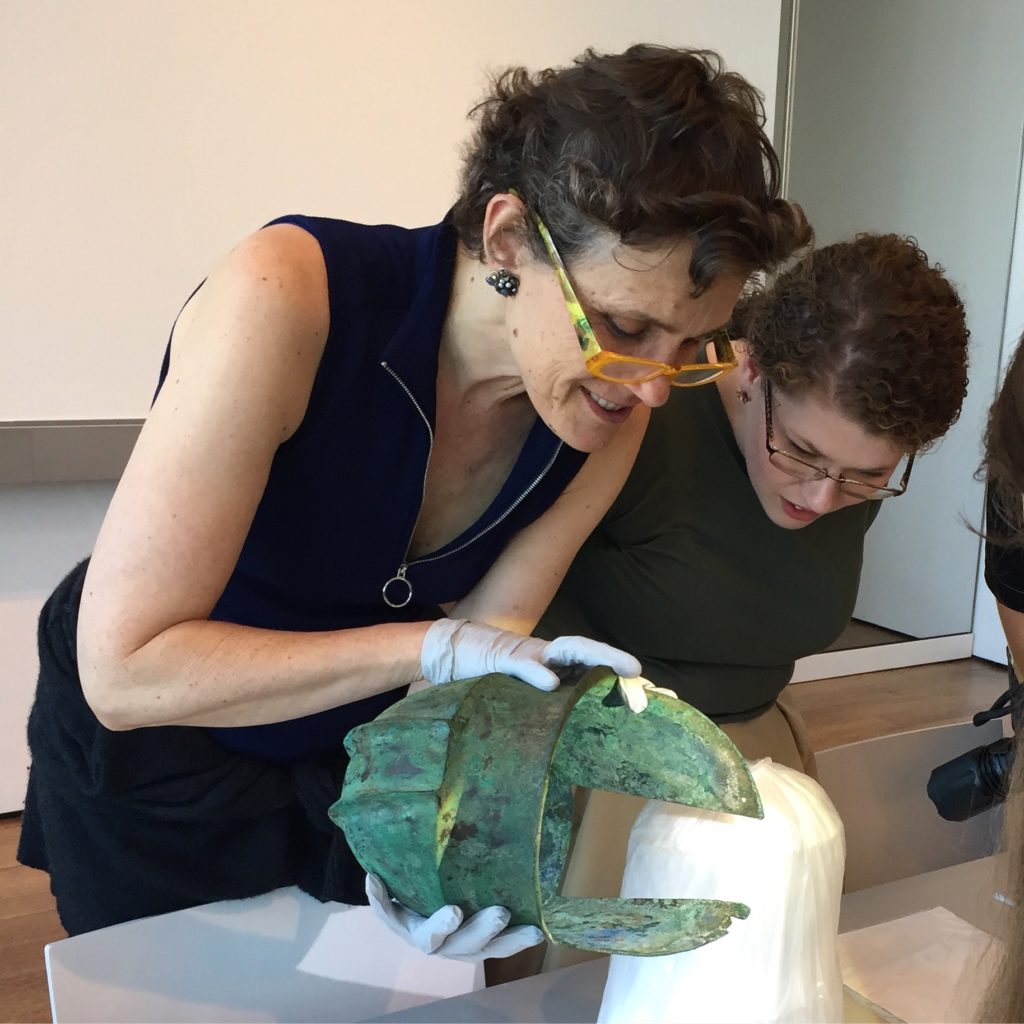
Transmissions and Transitions at Statens Museum for Kunst Copenhagen
I am pleased to be presenting in the seminar Transmissions and Transitions – (Post)media, Museums and Cultural Memory at the Statens Museum for Kunst: National Gallery of Denmark with Sean Cubitt, Dieter Daniels, Sarah Kenderdine, and Anna Ramos.
How can collection, exhibition and distribution practices adapt to and reflect new technological and social realities? Throughout the 20th and 21st century, the position of the museum has been constantly challenged by a number of intersecting cultural patterns and tendencies. At this seminar, we want to take a fresh look at the challenges posed by the impact of (post)media, real-time technologies and a distributed social sphere on art, publics and the museum as an institution. The questions facing museum professionals hinge on the ways that these complex cultural patterns are recognized and realized, affecting both archival and conservation work as well as exhibition, art interpretation and education. In this sense, the (post)medial condition also poses questions about the transition of the social, cultural and political construction of the museum and its contexts. This seminar addresses such questions in the light of state-of-the-art professional and academic practices and imaginaries. How do the instabilities of (post)media and real-time technologies affect museum practices? What does conflicting notions of ephemerality, materiality and intangibility mean for concepts of art, the artwork and cultural heritage and how must museums respond to this? Why, what, and how do we archive and how are the archives best cared for, accessed and actualised? Which ideas of (in)authenticity are expressed in the interplay between archiving, documentation and remediation? How do cultural concepts of media, history and memory underpin the practices and choices of museum professionals and the experiences of the museum visitors? These are all key questions that museums must address in order to move past a representational cultural paradigm towards a more constructive engagement with their surroundings. The seminar seeks to fold this debate into discussions about video art, the art market, animated archives, embodied experience, sound, radio, curation, preservation, debt and our obligations to past and future generations. Confirmed keynote speakers Sean Cubitt (Goldsmiths), Sarah Kenderdine (EPFL Lausanne), Hanna Hölling (UCL London) and Dieter Daniels (HGB Leipzig).
PROGRAM 9.00 – 9.30 Arrival and registration 9.30 – 10.00 Welcome and introduction, Birgitte Anderberg, Morten Søndergaard, Rasmus Holmboe 10.00 – 10.50 Dieter Daniels, HGB Leipzig 10.50 – 11.10 Coffee 11.10 – 12.00 Hanna Hölling, UCL London 12.00 – 13.00 Lunch-break (lunch is not included) 13.55 – 14.45 Sarah Kenderdine, EPFL 14.45 – 15.10 Coffee 15.10 – 16.00 Sean Cubitt, Goldsmiths 16.00 – 17.00 Panel and wrap up
On the Materiality of Media Art and Bronzes at Utrecht University
Francesca Bewer and I have been invited to deliver a master class for MA and PhD candidates at Utrecht University which will be followed by a public colloquium. This event will offer a unique opportunity to find out whether the materiality of bronzes has something in common with the unfolding matter of media art. What is the matter, material, and what the materiality in media art? Can time be considered a “medium”?
Casting New Light on Old Bronzes: Matters of Interpretation
Dr. Francesca G. Bewer, Research Curator for Conservation and Technical Studies Programs and Director of the Summer Institute for Technical Studies in Art, Harvard Art Museums
Gazing at bronze sculptures, one could imagine them to have sprung forth, perfectly formed and finished from an artist’s hand, much as Athena is said to have emerged from the head of Zeus. Indeed, traces of the making process are most commonly removed or concealed. But we shall see through a closer look at a diverse sampling of works that they preserve all sorts of clues to the complex translations and transformations that are involved in their production and that bronzes continue to undergo over time. How one might identify such evidence and make sense of it will be discussed as well.
The Medium of Time and Transition
Dr. Hanna Hölling, Lecturer in the History of Art and Material Studies, University College London
“The essence of the medium is time,” maintains the American Video artist Bill Viola referencing artistic video. He continues “Its basic underlying characteristics are change and transformation … The medium unfolds itself in time.” Taking this statement as a point of departure for the analysis of intermedia on the intersection of art theoretical, historical and conservation discourses, my presentation examines how the affirmation of the transitoriness of artworks offers a fruitful ground to scrutinise this portion of cultural heritage which refuses fixity and stasis. Using examples of video, film, and multimedia, I will argue that the legacy of intermediality not only challenges the established rhetoric of material authenticity that for a long time dominated conservation and the museum collecting and exhibiting practices but it also radicalises time. Time, here, becomes an indicator of these works’ identity.
Join us for 2018 CAA Annual Conference session in Los Angeles
Join us next Thursday at CAA in Los Angeles for the session:
“OBJECT – EVENT – PERFORMANCE: ART, MATERIALITY, AND CONTINUITY SINCE THE 1960S”
Time: 02/22/2018: 2:00PM–3:30PM
Location: Room 501A
Chair: Hanna B. Hölling, University College London
“Hannah Wilke’s “Homage to a Large Red Lipstick.” Strategies for Theorizing and Exhibiting Dead Objects”
Andrea Gyorody, Allen Memorial Art Museum, Oberlin College
“Sometimes An Onion: Performative Models of Curating and Conserving the Work of Artist-Choreographer Simone Forti”
Megan Metcalf, University of California, Los Angeles
“Untimely Body: Tracing Thek’s Corpse, 1967-1973”
Oliver Shultz, Stanford University
“Dispossessing Form: Felix Gonzalez-Torres’ Aesthetics of Logistics”
Edward Bacal, University of Toronto
